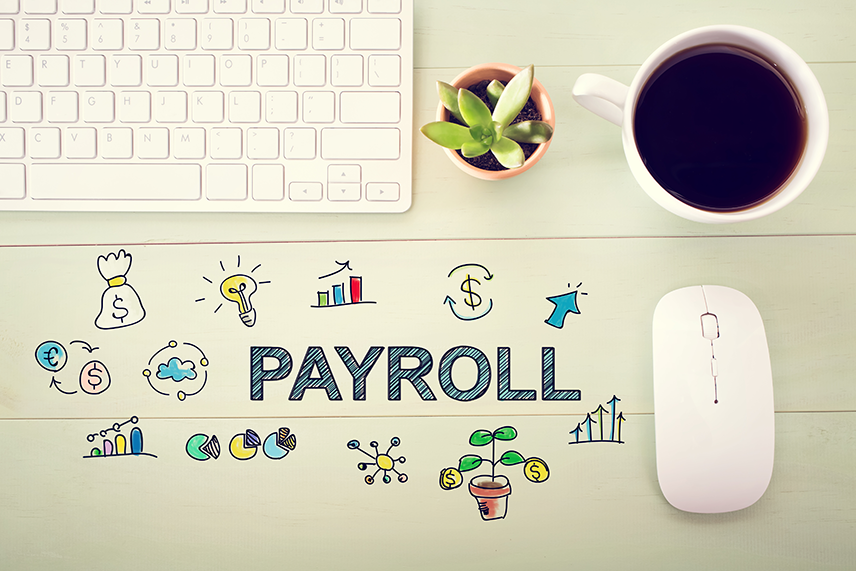
Payroll processing is one of the key functions of any organization. To run it, one needs a complete understanding of the laws around minimum wage, overtime calculation, taxes, withholdings, payment methods, and a lot more. This is to ensure correct tax filing and payout processing for employees. A payroll system that can perform these functions while delivering a streamlined experience for accessing data and reporting is the need for all organizations. An organization based out of multiple locations face steeper challenges, as the laws governing payroll and labor vary in different states, and within cities in a state. Owing to these challenges, it becomes difficult for organizations to cope up with global payroll needs.
Organizations offload (outsource) the burden of payroll processing and compliance requirements to a payroll service provider, and rely on the provider to run the payroll, and file tax documents such as Form 941. The choice of the payroll provider depends on several criteria that businesses must consider. This includes features offered by payroll system, taxation and compliance support, business needs, cost, security, and flexibility. One of the most important aspects to consider is – how easily and seamlessly the payroll software can integrate with the current HCM data.
With 2 different systems in place, there are challenges in syncing data and generating real-time reports. The connection between systems needs to be set up either manually or via external tools, and a mechanism needs to be in place to ensure the consistency of data. Organizations which have multiple categories of workers such as full-time employees, part-time employees, contingent workforce, the problem is more acute for them. Reports which need data from both payroll and HR systems demands extra efforts from the end user. In addition to these, employees want to know all the minute details related to their paycheck. This includes things like how much their benefits cost them, their time off records, etc. Such information is either directly accessed from payroll systems, or via queries to HR representatives. To overcome these challenges and deliver a better user experience, one needs to have an integrated HCM and payroll system.
An integrated Human Capital Management system with payroll services brings in significant improvement by streamlining all related functions for HR, as well as employees. There are multiple approaches to connect payroll processing systems with HCM such as – sync data using external tools, EDI files, point-to-point connectors, API endpoints, etc. Out of these approaches, in our experience integrating systems at the data level via the use of APIs and services has proved to be much effective and flexible. Use of APIs guarantee fluid and secure data transfers with the flexibility to adapt to changes easily.
With the use of cloud technology and APIs, the integration of an HCM system with payroll systems is simplified. Even the time taken for integration is also less as compared to traditional point-to-point integration approaches. Majority of payroll and HCM systems now have a pre-defined set of API endpoints defined using standard protocols like – REST, SOAP to enable seamless data sync across systems. This also enables systems to exchange data based on certain events that take place on employee data. For example, the payroll system can subscribe to any modification of employee data in HCM and trigger an action in the payroll system. These events can be enabled by making use of web hooks and APIs made available by communicating systems. Mapping of data elements on basis of entities exposed over APIs across both the systems lays the foundation for such integrations. Custom connectors leveraging these API can also be used to add an additional layer of abstraction and handle complex scenarios.
Listed below are few benefits of an integrated HR and payroll system:
- For HR administrators, such integrations not only help in cost savings but also reduce administrative burden, and saves time by helping them get rid of routine activities for data sync across multiple systems
- Reduces potential risk of duplicated data, human error
- Cross-functional reporting ability without the need for manual consolidation of different datasets
- Updates to employees’ personal information in any of the connected systems can be tracked in real time
- Data transfer across systems is more secure as any data is captured via API layers running on secure communication protocols
- Enhanced employee experience with HR functions by providing them with self-service capabilities as supported by payroll systems.
With an HCM system well integrated with related functions like – payroll, it becomes easier to streamline processes, increase transparency, improve user experience, and frees up time to focus on other important aspects of business strategy and growth.






